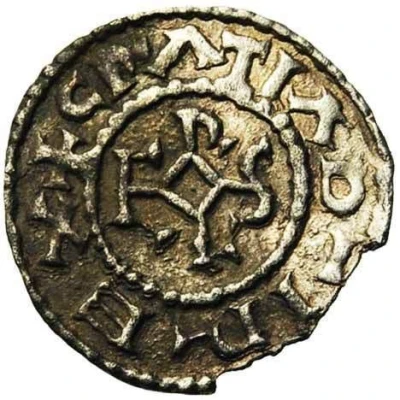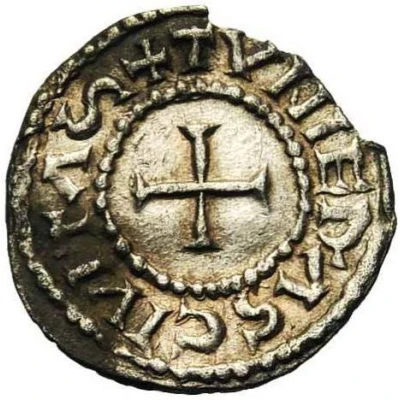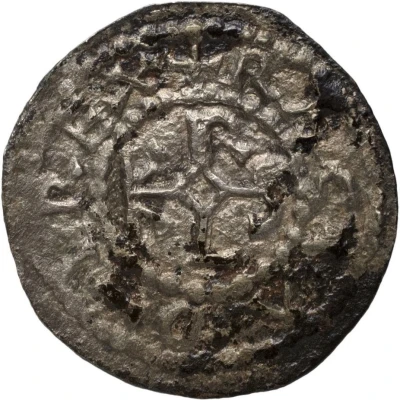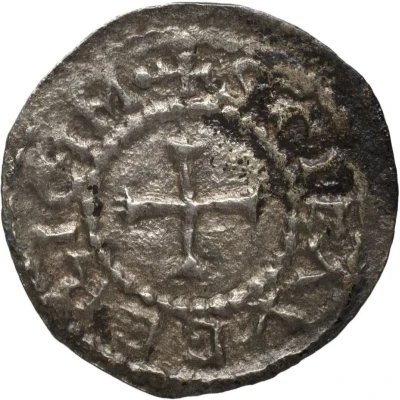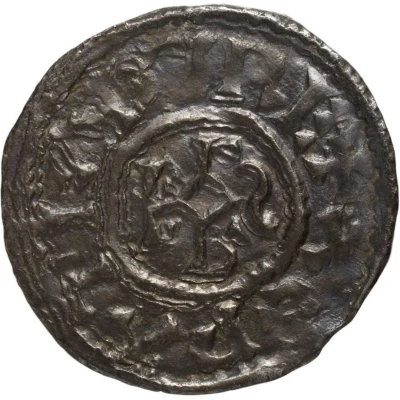
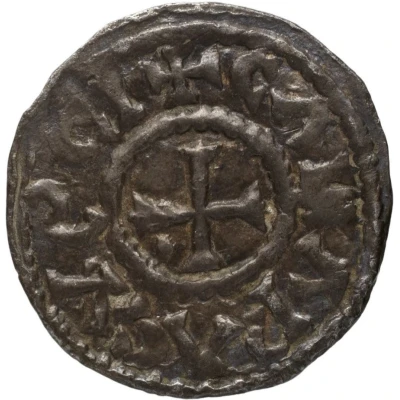

© Bibliothèque nationale de France / Gallica
Obol - Charles II Cambrai
| Silver | 0.74 g | - |
| Issuer | Lotharingia (Carolingian States) |
|---|---|
| King | Charles II the Bald (869-870) |
| Type | Standard circulation coin |
| Years | 869-875 |
| Value | 1 Obol (1⁄480) |
| Currency | Pound (855-959) |
| Composition | Silver |
| Weight | 0.74 g |
| Shape | Round (irregular) |
| Technique | Hammered |
| Orientation | Variable alignment ↺ |
| Demonetized | Yes |
| Updated | 2024-10-09 |
| Numista | N#343023 |
|---|---|
| Rarity index | 100% |
Reverse
Cross with triangle in third quarter in a beaded circle, legend around.
Script: Latin
Lettering: ✠ CΛMΛRΛCVS CIV
Translation: City of Cambrai.
Interesting fact
One interesting fact about the Obol coin is that it was used as a form of currency during a time of great economic and political change in Europe, particularly during the Carolingian Renaissance. The coin was issued by Charles II, also known as Charles the Bald, who was the King of West Francia and the Holy Roman Emperor. The Obol was used to facilitate trade and commerce during this period, and its design featured the image of the king, which symbolized his authority and power. Despite its small size, the Obol played a significant role in the economy of the time and is now a valuable collector's item for numismatists.
